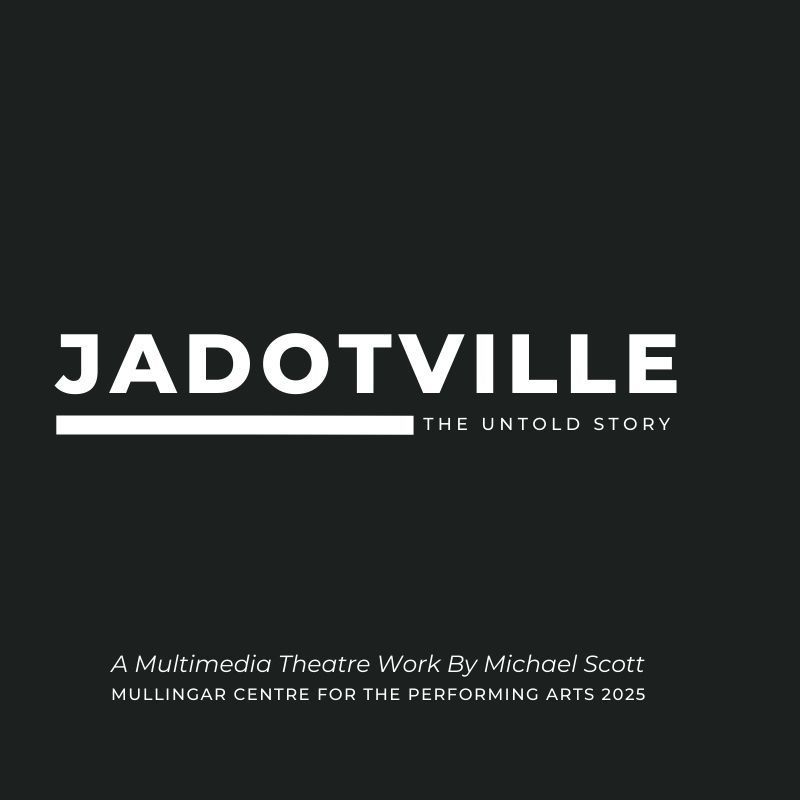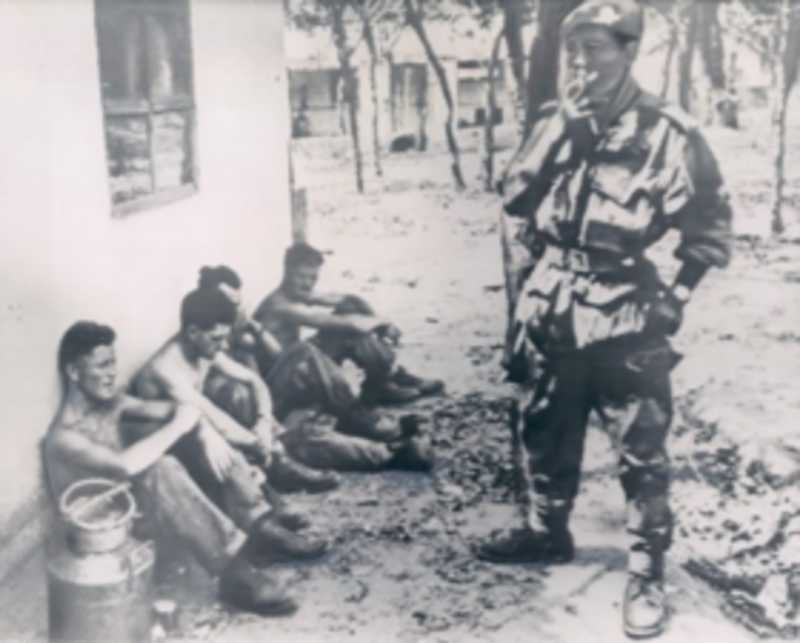
A new multimedia theatre work by writer and director Michael Scott, based on the Siege of Jadotville, in September 1961 in Katanga, will be presented at Mullingar Centre For The Performing Arts in the Autumn of 2025.
The production will focus on the troops who returned, and how they were vilified and treated, by the officials and general public for their bravery and resilience… the real story has been disgracefully swept under the carpet for years. In UN and Irish government circles, however, all that mattered was that the men had surrendered, not that they had shown such resourcefulness and bravery against a numerically superior enemy. The legacy of Jadotville for Irish veterans is Suicide, Alcoholism and PTSD.
Only recently that some kind of recognition has been afforded to the men of “A” Company – it is believed that at least six Irish soldiers took their own lives as result of the siege, several others descended into alcoholism and several it is considered, drank themselves to death. Others have seen their sense of “self and value” - wiped away. All have been damaged not by the siege itself, but by their treatment upon return to Ireland.
The Irish forces inflicted approx. 1300 casualties (300 killed) with no deaths amongst the Irish troops.
We are looking for survivors and/or their wives/partners and other family members and friends to come and share their experiences and memories with us as a basis for the production.
We have interviewed and recorded a number of people already and would like to be able to tell the whole story based on fact and not conjecture.
JADOTVILLE - the untold story
As part of the "Congo Crisis" lasting five days, "A" Company, a small contingent of the Irish Army's 35th Battalion, was besieged at the UN base near the mining town of Jadotville (where the ore for the atomic bombs was mined) by Katanganese mercenaries loyal to the secessionist STATE OF KATANGA.
Led by Commandant Pat Quinlin, the 155 Irish soldiers repelled attacks by a 3000-strong Katanganese force. Outnumbered 20 to one, the 155 lightly armed Irish UN Peacekeepers held out for five days until they ran out of ammunition and water but, thanks to the remarkable tactical awareness of their commander, Commandant Pat Quinlan, and the military skills of his men, they suffered no fatalities.
Quinlan’s leadership was a feat of arms in getting his troops through the siege without losing a single man and it was a masterpiece of improvised defence, which is now taught worldwide in army colleges.
The Irish forces inflicted approx. 1300 casualties (300 killed) with no deaths amongst the Irish troops.
The occupation of Jadotville, ostensibly to protect civilians, was ordered by Irish diplomat Conor Cruise O’Brien (then special representative to the secretary general of the UN, Dag Hammarskjold) and by Lt Gen Seán McKeown, who had overall command of UN troops in the Congo. O’Brien was disowned by the United Nations for ordering military intervention in Katanga in 1961, but documents published in 2018 confirm that he was acting with the full authority of the UN.
In May 1961, O’Brien had been appointed as a special representative of UN Secretary General Dag Hammarskjöld to oversee the independence of the Congo. In August of that year, he ordered UN peacekeeping troops into action to take control of Katanga from secessionist rebels. In the aftermath of the disastrous intervention, the UN effectively disowned O’Brien and the mysterious death of Hammarskjöld in a plane crash on September 18th during a visit to the Congo to try and resolve the situation further muddied the waters.





















